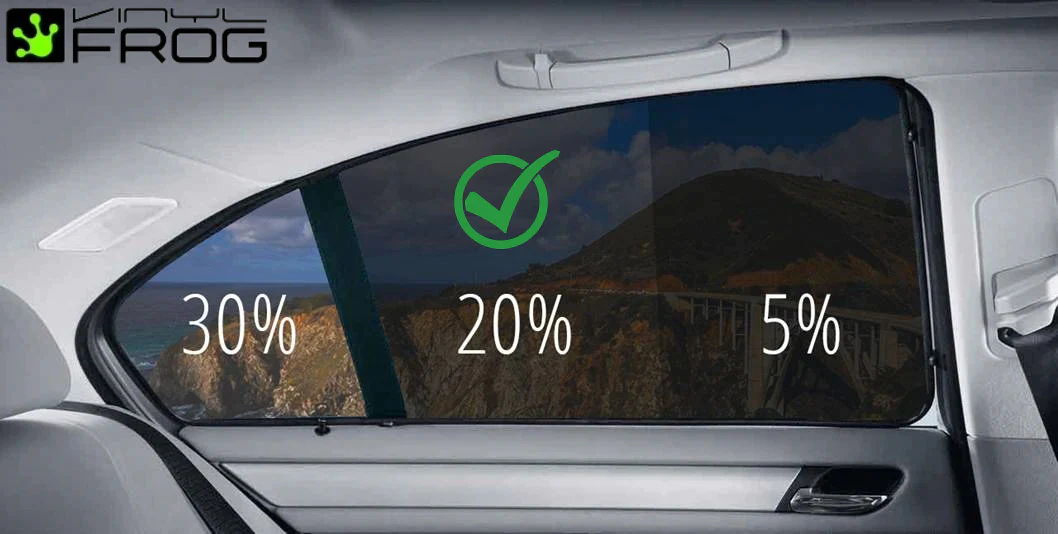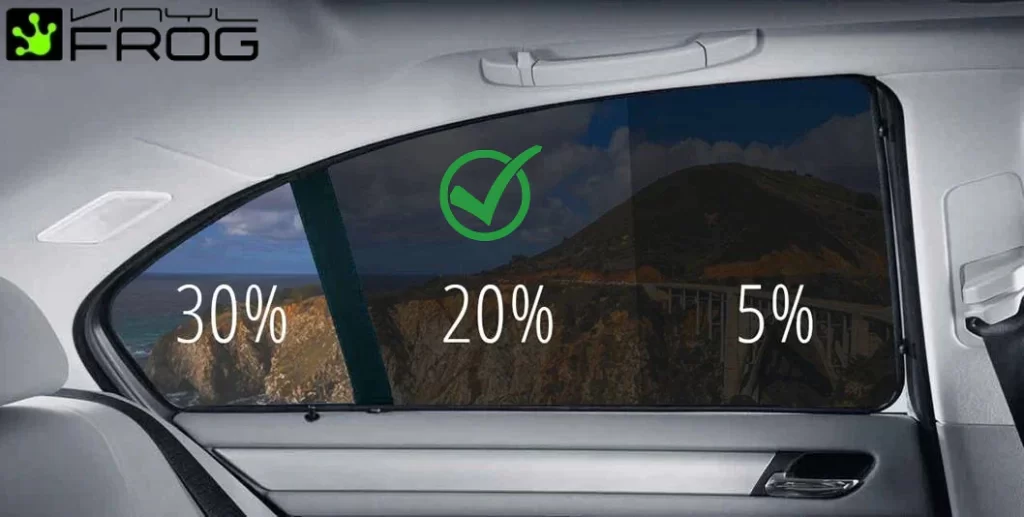20 Tint On Car

Striking a Balance: Understanding 20% Window Tint for Cars
Teaser: Considering 20% window tint for your car? Dive into the details of this popular option, exploring its benefits, drawbacks, legality, and factors to consider before making a decision.
Subheadings:
- What is 20% Window Tint?
- Visible Light Transmission (VLT)
- Benefits of 20% Window Tint:
- Reduced Glare and Sun Heat
- Enhanced Privacy
- Improved Aesthetics
- Drawbacks of 20% Window Tint:
- Reduced Visibility at Night
- Potential Legal Issues
- Impact on Car Performance
- Legality of 20% Window Tint:
- Variations by Region
- Checking Local Laws
- Alternatives to 20% Window Tint:
- Higher VLT Tints (35%, 50%)
- Non-Reflective Tints
- Making the Right Choice: Factors to Consider
- Your Needs and Priorities
- Local Laws and Regulations
- Vehicle Type and Usage
Five Key Messages for Each Subheading:
- What is 20% Window Tint? VLT, light transmission, darkness
- 20% tint allows only 20% of visible light to pass through the window.
- The remaining 80% of light is absorbed or reflected by the film.
- This results in a noticeably darker appearance compared to untinted windows.
- Benefits of 20% Window Tint: glare reduction, heat rejection, privacy
- Reduces glare from headlights and sunlight, improving driving comfort and safety.
- Rejects a significant portion of solar heat, keeping your car cooler.
- Offers increased privacy for your belongings and passengers inside the car.
- Drawbacks of 20% Window Tint: night vision, legal restrictions, fuel efficiency
- Can hinder visibility at night, especially when reversing or on unlit roads.
- May violate window tinting laws in certain regions, leading to fines.
- Potentially affects fuel efficiency due to increased use of air conditioning.
- Legality of 20% Window Tint: regional variations, law enforcement, window tint laws
- Legal limits for window tint vary significantly by state, province, or country.
- It’s crucial to check your local laws before getting 20% tint installed.
- Law enforcement can pull you over for exceeding legal tint limits.
- Alternatives to 20% Window Tint: VLT options, non-reflective tint
- Consider higher VLT tints (35% or 50%) for a balance of darkness and visibility.
- Explore non-reflective tints that offer similar benefits without affecting nighttime driving.
- Making the Right Choice: Factors to Consider: personal needs, legal compliance, vehicle usage
- Evaluate your priorities – prioritize heat rejection, privacy, or night visibility?
- Ensure the tint complies with the laws in your area to avoid legal trouble.
- Think about your vehicle type (sedan, SUV) and how you use it (daily driving, highway travel).
Conclusion
20% window tint offers a stylish look and several benefits, but it’s essential to weigh them against potential drawbacks like reduced visibility and legal restrictions. Researching local laws and considering alternatives will help you make an informed decision for your car.

